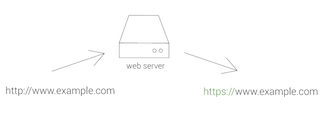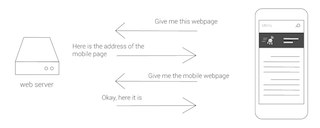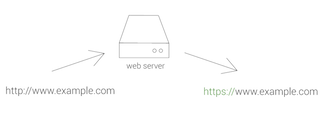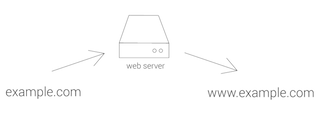
Glenn E. Fleming, MD, MPH, Contributor, MarketHive
(Reposted from Patrick Sexton, https://varvy.com)
There are four common types of redirects that affect how your users and Google see your mobile pages. Each of them is bad for performance (speed). They include:
* Initial redirect – canonical (www.example.com vs example.com)
- SSL – secure pages redirect
- Redirect to mobile version
- Content driven redirects
Content-Driven Redirects
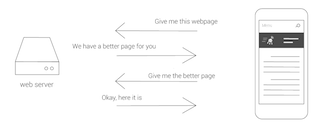
- Problem
Content-driven redirects are not required to display a page. These redirects have been added because mobile and desktop versions of a given webpage may not display the same content.Thus, some mobile pages are redirected to other locations.
Bottom-line: Content-driven redirects are more of a design issue rather than a technical issue.
b. Solution
The use of content-driven redirects should be avoided if possible.The solution here is to utilize responsive web design. This will ensure that both website versions (mobile and desktop versions) display the same content with no need for a content-driven redirect.
Alan Zibluk – Markethive Founding Member

